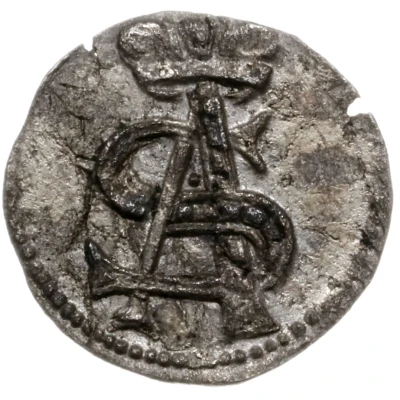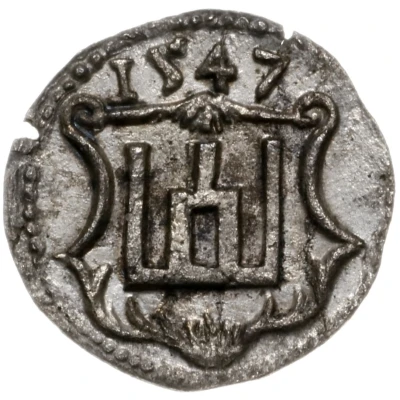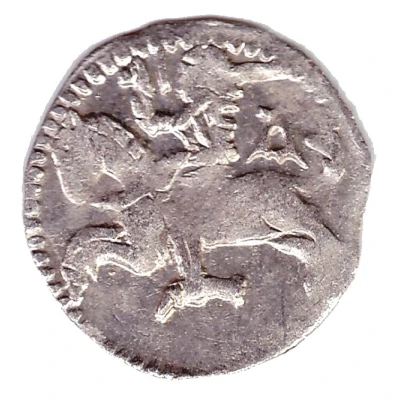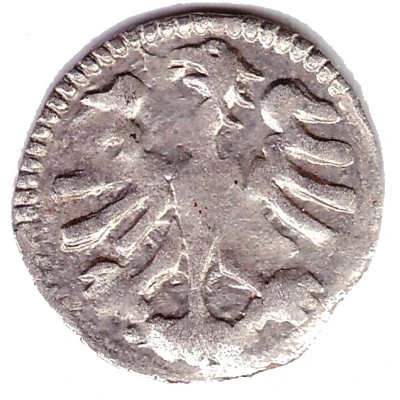


© Warszawskie Centrum Numizmatyczne s.j.
Obol - Sigismund II Augustus
| Billon (.109 silver) | 0.32 g | 12.5 mm |
| Issuer | Grand Duchy of Lithuania |
|---|---|
| Grand duke | Sigismund II Augustus (1548-1572) |
| Type | Standard circulation coin |
| Years | 1546-1554 |
| Value | 1 Obol (1⁄20) |
| Currency | Lithuanian Groat (1495-1580) |
| Composition | Billon (.109 silver) |
| Weight | 0.32 g |
| Diameter | 12.5 mm |
| Shape | Round (irregular) |
| Technique | Hammered |
| Demonetized | Yes |
| Updated | 2024-10-06 |
| Numista | N#167687 |
|---|---|
| Rarity index | 95% |
Reverse
Shield with columns of Gediminas, date above.
Comment
Alternative name is ½ denar (pusdenaris).
For 1546 shield divides date (see examples).
Kopicki 3198 1546
Punch 1:
Pictures: © WCN
Pictures: © WCN
Punch 2:
Pictures: © WCN
Pictures: © WCN
Kopicki 3199 1546
Pictures: © WCN
Kopicki 3200 1547
Pictures: © WCN
Pictures: © WCN
Kopicki 3201 Error 1554 (1545 mint year got right numbers reversed)
Interesting fact
The Obol coin was issued during the reign of Sigismund II Augustus, who was the last king of Poland and the Grand Duke of Lithuania. He was a member of the Jagiellonian dynasty, which was a powerful royal family that ruled Poland and Lithuania for over two centuries. The Obol coin was a standard circulation coin during his reign, and it was made of Billon, which is an alloy of silver and other metals. Despite its small weight of 0.32 grams, the coin was an important part of the economy of the Grand Duchy of Lithuania during that time.

